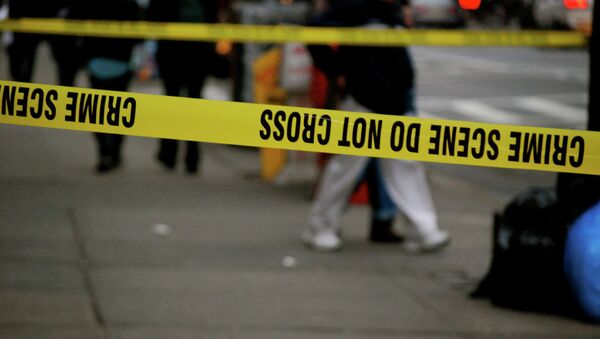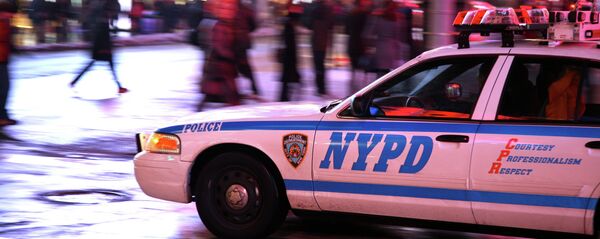The cities include New Orleans, Baltimore, Washington, St. Louis, Chicago and New York. But the unfortunate frontrunner among those cities is Milwaukee, where the number of violent crimes has jumped by an astonishing 76 percent since just last year.
Murder rate has risen sharply in 35 US cities. Hmm, how to blame this on foreigners? http://t.co/ImUMN1OBpm pic.twitter.com/S6IsSSh2b0
— CJ Werleman (@cjwerleman) September 1, 2015
In the wake of these shocking statistics, authorities in the nation’s biggest cities gathered for an urgent meeting in August to discuss the problem. And the US Justice Department will address rising homicide rates at a conference in September.
“If you have that many cities that are having that kind of experiences, we ought to worry about it,” said Darrel W. Stephens, the executive director of the Major Cities Chiefs Association and a former police chief in Charlotte, North Carolina.
But still there is no consensus as to what’s driving violent crime.
Some believe that the so-called “Ferguson effect” has resulted in an upsurge in crime levels: as police are more intently scrutinized by community activists and called out on using excessive force, would-be violent criminals are becoming emboldened.
“The equilibrium has changed between police and offenders,” said Alfred Blumstein, a professor and a criminologist at Heinz College at Carnegie Mellon University.
An increasing number of young Americans are “resolving” conflicts – even petty disputes on Facebook and other social media, over “girlfriends, food and even characters on a TV show” — with the use of guns, Mike Sack, a homicide commander with the St. Louis Metropolitan PD says.
But many US residents see that the origins of problems that face nation lie way deeper.
“Everybody’s struggling out here, trying to stay afloat, with no jobs, no opportunities,” said Bethann Maclin of Milwaukee. “The violence won’t end. Where do you start?”





